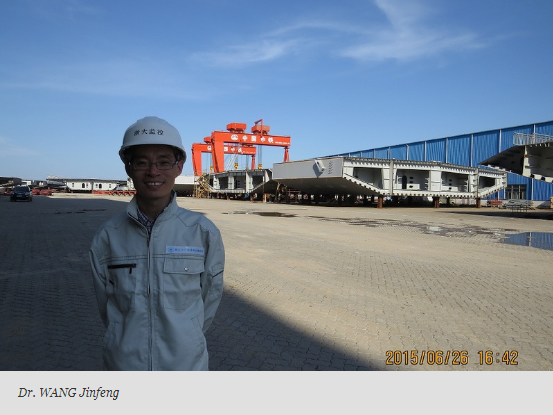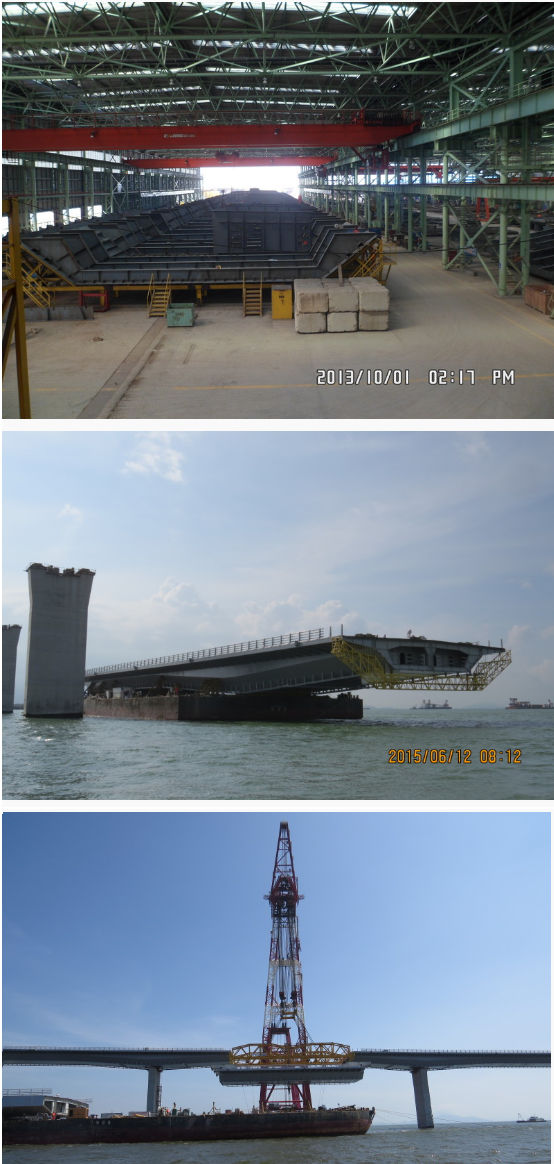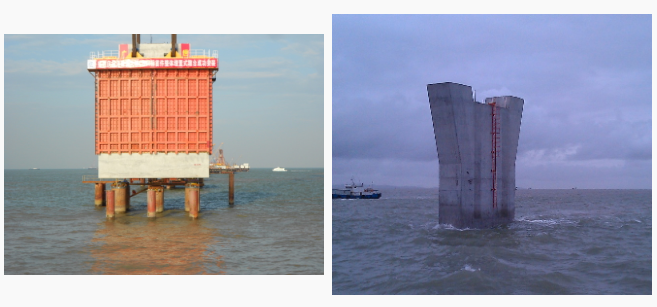ZJU's contribution to the world's longest sea-crossing bridge
Oct 24, 2018|hufei |
The Hong Kong-Zhuhai-Macau Bridge, the world's longest sea-crossing bridge, was open to traffic on Oct. 23. The bridge spans the waters of the Pearl River Estuary and cuts the travel time between Hong Kong, Zhuhai and Macau from three hours to 30 minutes.
The bridge, crowned as a modern Wonder of the World, carries more than 400 original patents and sets seven world records. When people marvel at this engineering wizardry, they may not know that the Institute of Transportation Engineering in the College of Civil Engineering and Architecture, Zhejiang University, also contributed to the construction of the Hong Kong-Zhuhai-Macau Bridge.
In fact, the Institute of Transportation Engineering undertook key work in the construction of the bridge. The ZJU team, headed by WANG Jinfeng, worked assiduously even in nasty conditions. They resolved many technological problems and thus provided massive technological support for the construction of the bridge.

The Hong Kong-Zhuhai-Macau Bridge has roughly 200 piers. To meet the demands for flood prevention in the Pearl River Estuary, the Institute of Transportation Engineering designed precast pile caps and embedded them under the seabed in an effort to reduce piers’ water resistance. Meanwhile, to minimize the adverse impacts on the National Chinese White Dolphin Reserve, they diminished the construction time on the sea by pre-fabricating pile caps and pier bodies.

The Institute of Transportation Engineering applied their independently developed numerical simulation technology to a precise stress analysis in the process of embedding precast pile caps and in the operation phase and determined the stress of temporary junctions between pile caps and steel tubes and the extreme capacity of piers in varying reinforcement conditions. These results offered key parameters for the final design version of the project.

WANG Jinfeng led the supervision team to gain precise control over a series of construction work, including manufacturing of steel box girders and maritime transportation, and achieve accurate matching between ring mouths. The team's supervision helped ensure the smooth and successful construction of the bridge.
To promote the experience of building the mega-bridge, the Hong Kong-Zhuhai-Macau Bridge Authority has compiled a set of books, summarizing technical standards for the bridge since the principal section was completed.
‚ÄúUpon completion of the bridge, we participate in a series of work in regard to summarizing technologies and compiling norms and standards so as to facilitate sea-crossing development in China and serve the construction of the Road & Belt Initiative,‚ÄĚ said WANG.
At present, the Institute of Transportation Engineering is responsible for editing Supervision Standards for the Construction of Big-section Steel Box Girders and Technical Standards for the Design and Construction of Embedded Pile Caps and summarizing technologies concerning the Hong Kong-Zhuhai-Macao Bridge. These research findings will be instrumental to the future construction of sea-crossing tunnels in China.







